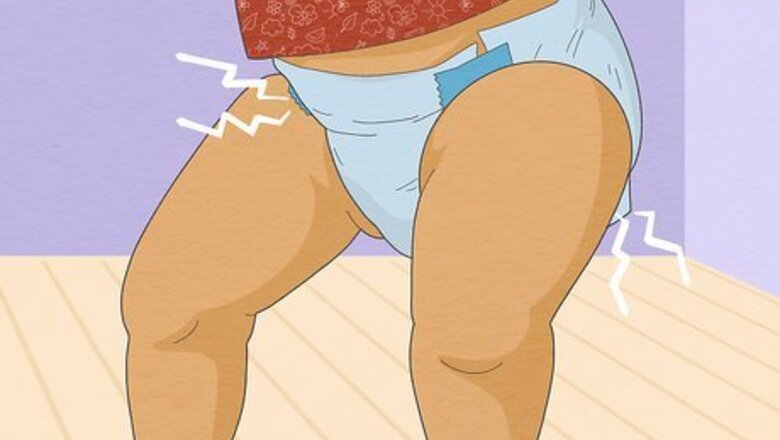
views
- Your baby may need to size up in diapers if their skin is irritated or they seem uncomfortable.
- You may also need to size up if the leg holes are tight or your baby’s bottom is exposed.
- Diapers are sized by weight, not age, so pick the right diaper based on how heavy your baby is.
Signs a Diaper is Too Small
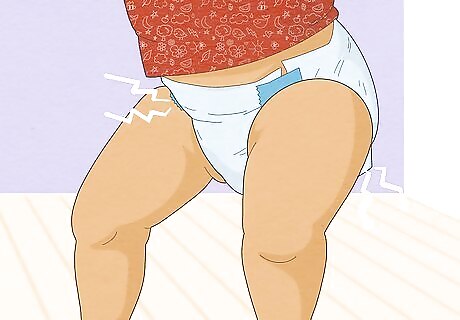
Tightness around the legs Ideally, the leg holes in a diaper should be snug but not tight. You can test this by slipping 2 fingers in between your baby’s leg and the diaper. If you can’t fit 2 fingers in between, then the diaper is too tight. Similarly, the diaper’s leg holes should be snug without gaps. If you notice the diaper gaping or your baby has frequent leaks, their diapers might be too big.
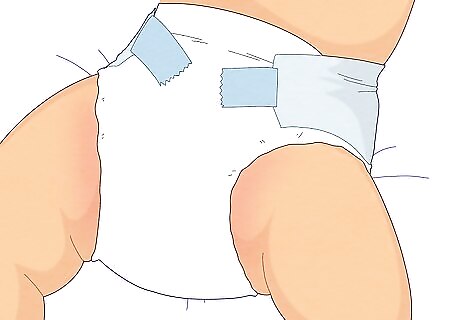
Irritated or red skin A diaper that is too small will rub and chafe your baby’s skin. Take a look at your baby’s belly and legs to search for any red marks. If you find irritated or red skin, it’s likely that your baby needs to go up a size. The front of the diaper should sit just below your baby’s belly button.

Tabs don’t reach the stomach The tabs, or the sticky parts that hold the diaper closed, should fold easily over your baby’s belly and stay put. If the tabs don’t reach your baby’s belly or they continuously pop open, it’s probably time for a new diaper size.
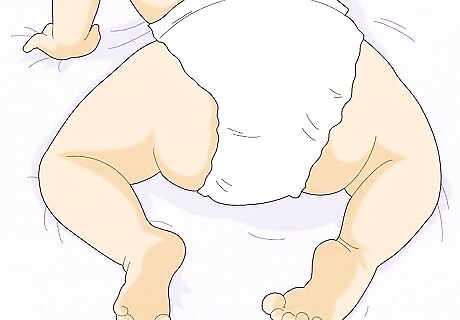
Baby’s bottom is exposed Well-fitting diapers will cover your baby’s entire bottom without leaving anything hanging out. If you see that your baby’s bottom is exposed, they need a size up.

Frequent blow-outs or leaks All diapers have a maximum absorption rate; after they are too full, they tend to leak. When your baby wears a diaper that’s too small, they tend to have more blow-outs and leaks, mainly because they’re reaching the maximum absorption rate very quickly.
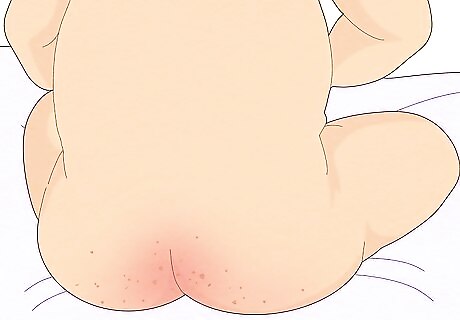
Diaper rash While diaper rash isn’t always caused by a too-small diaper, a tight diaper that doesn’t allow air flow could exacerbate the problem. If your baby just recently started dealing with diaper rash, double check that their diaper is the right size. If it’s too small, it could be irritating their skin. The best way to treat diaper rash is to keep your baby’s bottom clean and dry as much as you can.

Baby seems uncomfortable Your baby may tell you, in their own way, that their diaper isn’t fitting right. If you put your baby’s diaper on and they tug at it or start fussing, it could be that they’re uncomfortable and need a size up.
How do diaper sizes work?
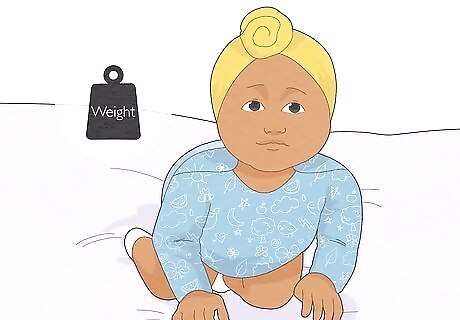
Diapers are sized by weight, not age. Your 6-month-old baby may not be the same size as someone else’s 6-month-old baby. That’s why diaper sizes go by your baby’s weight, not how old they are (plus, weight is the most accurate way to determine the right fit). There are general height and weight charts that your baby may fall on, but babies tend to grow at different rates. As long as your pediatrician says that your baby looks good, you can rest assured that they are developing normally.
Diaper Size Chart
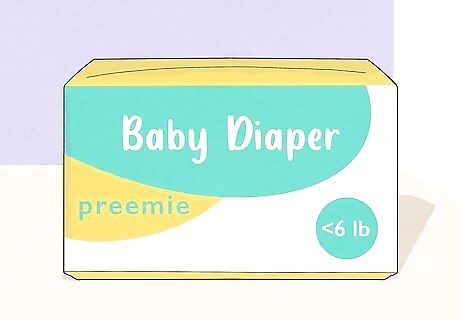
Preemie: Up to 6 pounds
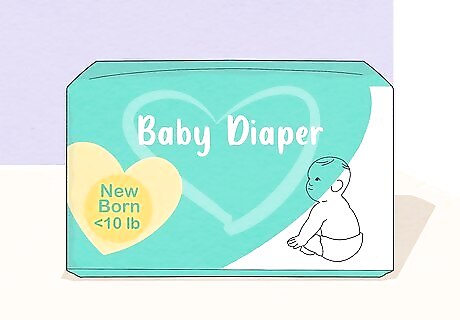
Newborn: 10 pounds and under
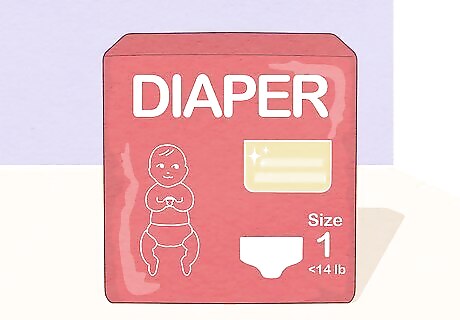
Size 1: 8 to 14 pounds
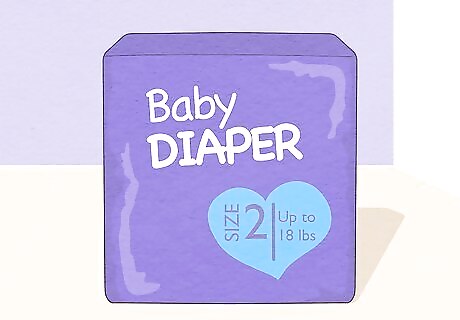
Size 2: 12 to 18 pounds

Size 3: 16 to 28 pounds
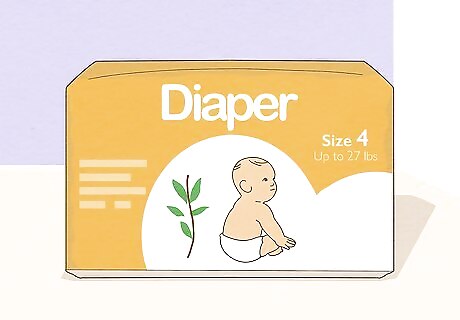
Size 4: 22 to 37 pounds
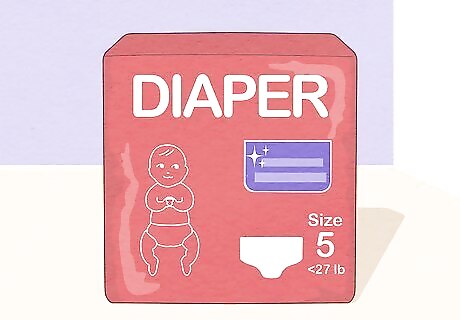
Size 5: 27 to 35 pounds
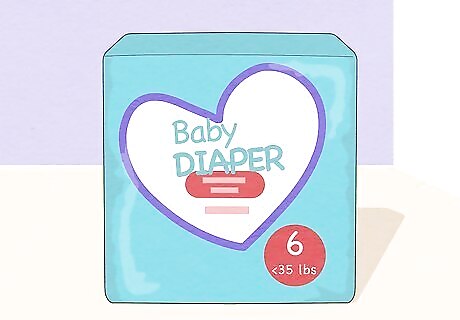
Size 6: 35 pounds and over
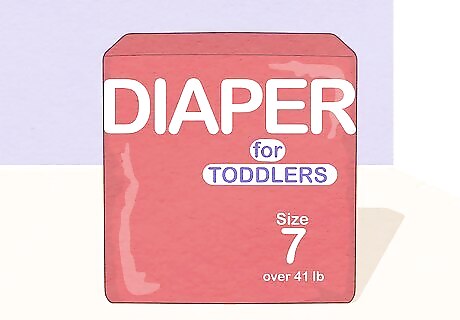
Size 7: 41 pounds and over (for toddlers)
How to Weigh Your Baby at Home

Take off your baby’s clothes and diaper. Since babies are so small, even a onesie or a diaper can skew the scales. Undress your baby and keep them nearby as you prepare to weigh them. Weighing your baby at home is slightly less accurate than getting them weighed on a baby scale in the doctor’s office. However, it’s accurate enough to help you choose the right diaper size for your baby.
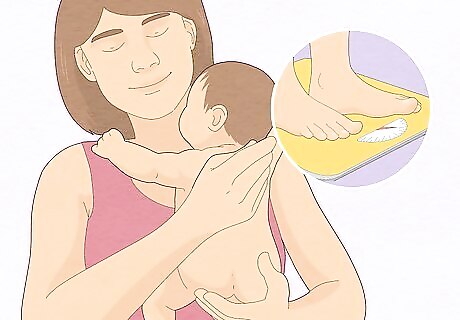
Step onto a scale while holding your baby. Use an electronic scale that’s meant for adults. With your baby in your arms, step onto the scale and mark down the weight listed. Try to center the baby on your torso and hold them close to you so that the scale is as accurate as possible.
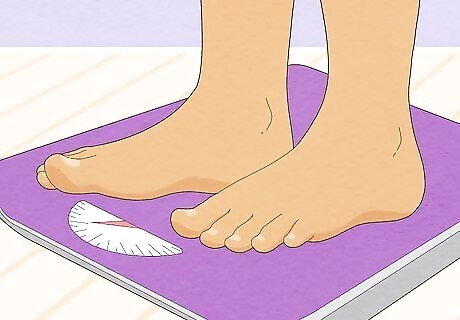
Step onto a scale without holding your baby. Hand your baby off to another adult or set them down in a safe spot. Then, step onto the scale a second time, and note the number.
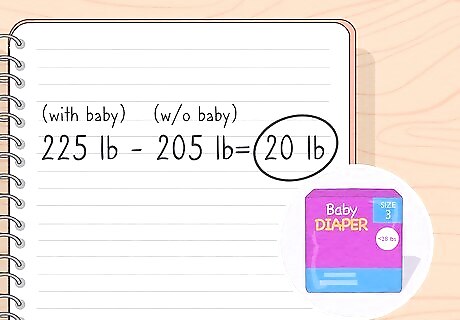
Subtract your weight from your combined weight to find your baby’s weight. Ready for some quick math? All you need to do to find your baby’s weight is subtract your own weight from that first number. Then, you’ll have a mostly accurate weight for your baby to help you when you set out to buy diapers. For instance, maybe the first number was 225, and the second number was 205. 225 - 205 = 20, so your baby is 20 pounds.


















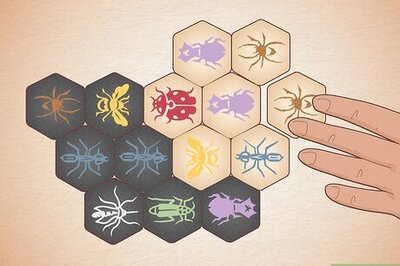
Comments
0 comment